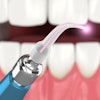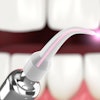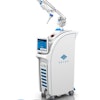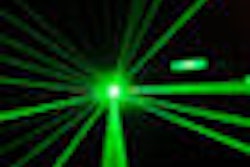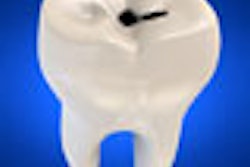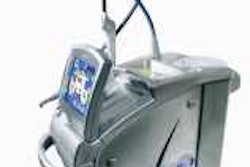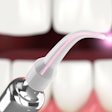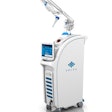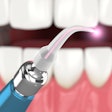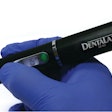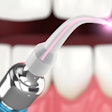
WASHINGTON (Reuters) Feb.19 A new laser analyzer might be able to help doctors detect cancer, asthma, or other diseases by sampling a patient's breath, U.S. researchers reported on Tuesday.
The device uses mirrors to bounce the laser's light back and forth until it has touched every molecule a patient exhales in a single breath, the team reported in the journal Optics Express.
This can help detect minute traces of compounds that can point to various diseases, including cancer, asthma, diabetes, and kidney malfunction, they said.
"This technique can give a broad picture of many different molecules in the breath all at once," Jun Ye, who led the research at the University of Colorado, said in a statement.
Ye's team at a joint institute of the National Institute of Standards and Technology and the university developed a new technique, called cavity-enhanced direct optical frequency comb spectroscopy.
When animals and people breathe out, they exhale not only gases that are not needed, such as carbon dioxide, but also compounds that result from the metabolism of cells.
"To date, researchers have identified over 1,000 different compounds contained in human breath," Ye's team wrote in the report, published on the Internet here.
Some point to abnormal function -- such as methylamine, produced in higher amounts by liver and kidney disease, ammonia produced when the kidneys are failing or elevated acetone caused by diabetes.
People with asthma may produce too much nitric oxide, exhaled in the breath, while smokers produce high levels of carbon monoxide.
Last February, a team at the Cleveland Clinic in Ohio reported they could use a mass spectrometer breath test to detect lung cancer in patients. Tumor cells produce compounds called volatile organic compounds at higher levels than healthy cells.
In 2006, researchers found dogs could be trained to smell cancer on the breath of patients with 99 percent accuracy.
Ye's team used their method to analyze the breath of several student volunteers and found they could detect trace signatures of ammonia, carbon monoxide, and methane in breath.
Their volunteers breathed into an optical cavity, which is a space between two mirrors. When a pulsed laser light was shone into this space, it bounced back and forth multiple times, striking all the molecules in the sample, Ye's team said.
Mass spectrometry analysis showed which frequencies of light were absorbed, in turn an indirect measure of which molecules were in the sample.
Copyright © 2008 Reuters Limited. All rights reserved. Republication or redistribution of Reuters content, including by framing or similar means, is expressly prohibited without the prior written consent of Reuters. Reuters shall not be liable for any errors or delays in the content, or for any actions taken in reliance thereon. Reuters and the Reuters sphere logo are registered trademarks and trademarks of the Reuters group of companies around the world.
